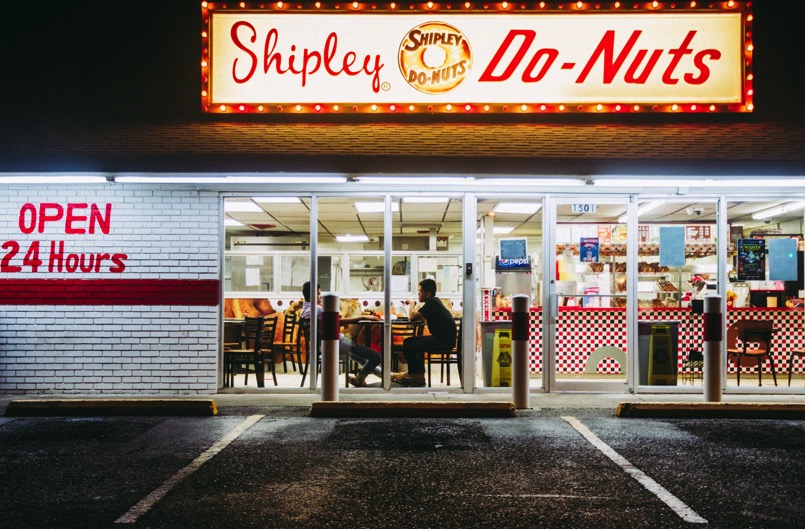Many people incorrectly use the terms ‘localization’ and ‘translation’ interchangeably. While translation is a part of localizing a program, website or business but it’s not the only key component. A translation is merely changing the original language (source) to another language. Books, apps, multimedia, websites can all be translated by changing the language from one to the other. However, localization is much more specialized. The content or application needs to be adapted for local consumption. You’re not just looking at translating from the source language but also changing elements of the site so that it appeals to people in that region based on their cultural preferences. So, apparently, localization requires a much deeper and intimate understanding of the region.
Localization needs to meet local cultural expectations
One of the greatest challenges with localization and especially localizing a product or service is making sure it complies with the expectations of the local audience. To compete in a global economy businesses need to adapt their website or any other form of digital content to resonate with the target audience. User expectations will vary from one region to the next and will vary based on the industry. However, there are two general categories i.e. functional and cultural.
Instances of cultural content includes:
- Images, graphics, symbols,
- Colors, styles, abstract art,
- Local norms like etiquette, myths, religious values,
A few instances of functional content are:
- Language or linguistic dialect, product descriptions and reviews,
- Formats like telephone numbers, date and time,
- Units of measurement, and geo references.
Sometimes localizing requires overhauling an idea or business
At times just adapting web content for a local or regional audience may not be enough. Localizing may also require recreating advertising and marketing messages so that it’s culturally appealing. Plus, localizing the marketing message may prevent a potentially embarrassing message getting out.
An example of transcreation (localizing a campaign / message) is Coca-Cola’s recently successful “Share a Coke” campaign which has been running in Australia since 2011. The launch of the campaign featured printing 150 famous names on all its products and has become an advertising success. But it was important for Coca-Cola to modify the message for each country. So, in China Coca-Cola’s imprints its bottles with names like “Classmate” or “Close Friend” and not first times. The approach embodies the campaign’s aim of maintaining a friendly relationship with consumers but avoids having to cross a cultural boundary which in this case is the first name in China.
Using the right localization methods based on content types
On a tactical level localizing a website or an app will differ. Even though a simple translation may work for certain kinds of content and probably in related markets but you’ll need localization to truly embody the locale it’s intended to attract.
The best way to ensure that your website, app or marketing campaign is rightly localized is to hire an agency that employs natives from that region. Having native Chinese speakers and those who understand the Chinese culture in addition to living in Europe may be best suited to ensure that your business’s image is rightly tuned for the Chinese audience.

